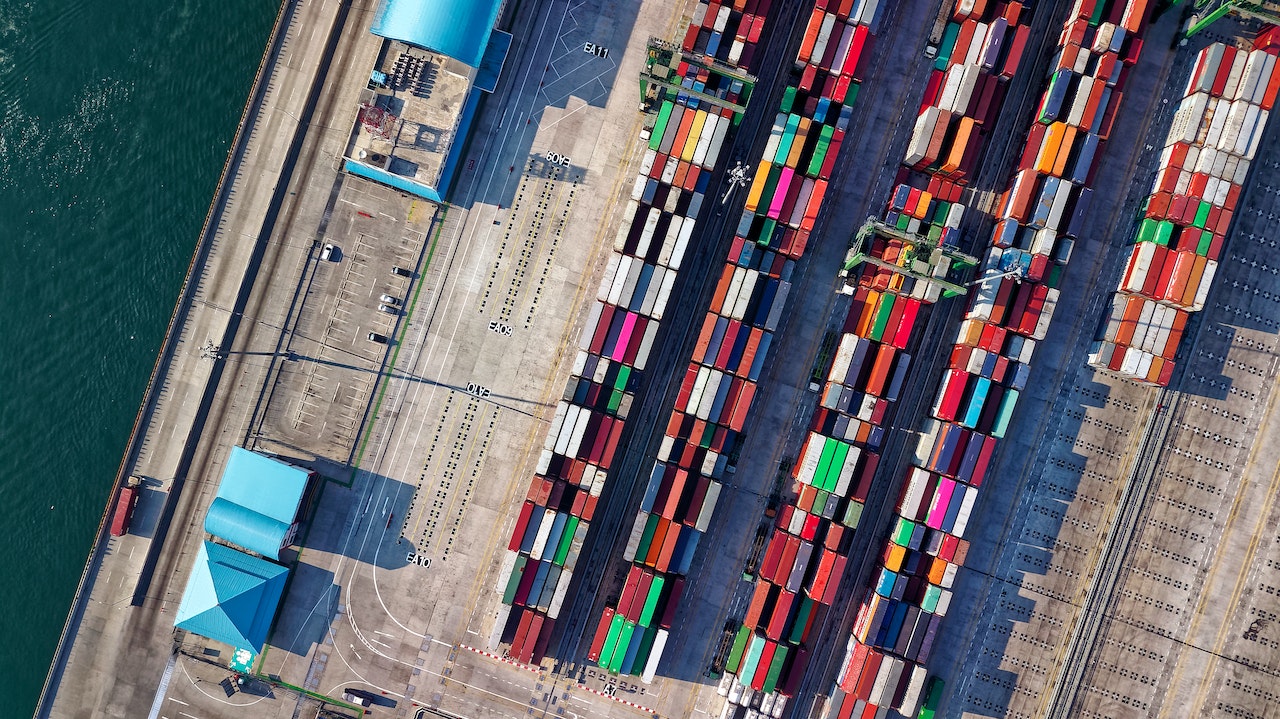
The Global Freight Forwarding market is poised to experience a contraction of 3.9% in 2023, according to the latest insights from Ti Insight, a leading provider of market research in the global logistics industry. The report highlights a continuation of the market’s normalization, with both air and sea freight forwarding services facing subdued demand.
The decline in the global freight forwarding market can be attributed to a variety of factors, with air freight forwarding taking a particularly hard hit, shrinking by 7.3% in 2022. Sea freight forwarding also faced challenges, contracting by 1.5%. The primary underlying cause of this contraction is the global economic downturn, which has cast a shadow over the industry.
The Global Freight Forwarding 2023 Report is a collaborative effort, bringing together industry researchers and analysts, drawing data from Ti’s GSCi knowledge portal – a data powerhouse boasting over a million pieces of data and comprehensive analysis.
Viki Keckarovska, Research Manager at Ti Insight, underscores the impact of changing consumer behavior and the broader economic slowdown on the freight forwarding market. She notes that the exceptional market conditions witnessed in the previous years have given way to a new trajectory, leading to a downturn in revenue and profits among most freight forwarders.
One significant challenge faced by forwarders is the imbalance between supply and demand, which has led to falling freight rates and subsequently reduced yields. To counteract these challenges, forwarders are reevaluating their strategies, embracing technology, and introducing value-added services to protect their margins. Digital forwarders are also navigating this new reality, adjusting to a tougher investment environment brought about by the worsening macroeconomic conditions.
Report Highlights
The report reveals that after a rebound in 2021 following the Covid-19 pandemic, the global freight forwarding market faced a contraction of 3.7% in real terms in 2022, bringing the market value to €348,094 million.
Key forces that shaped the world economy in 2022 are anticipated to persist, resulting in a further contraction of the global forwarding market in 2023 (-3.9% in real terms), reaching a market value of €334,344 million.
Among the regions, the Asia Pacific freight forwarding market experienced the most significant contraction, even though it retains its position as the largest region, accounting for 32.2% of the global freight forwarding market.
Ti data forecasts a real compound annual growth rate (CAGR) of 1.6% for the global freight forwarding market from 2022 to 2027.
Ti’s State of Logistics Air and Sea Freight Forwarding Survey 2023 uncovers that 90% of freight forwarders are grappling with increased pressure on margins. Rising competition and assertive negotiation by clients are the primary factors behind this margin squeeze. Embracing technology and providing value-added services emerge as the most promising strategies to counter this margin erosion in the coming year.
The landscape of venture capital is also shifting, with cautious investors slowing down capital deployment in digital forwarders. While 2022 witnessed record-breaking start-up funding, venture capital funding for digital freight forwarders experienced a plunge in the first half of 2023. This change implies a more focused approach toward profitable growth in start-up strategies.
While 2022 brought revenue gains to major forwarders – with 16 out of the top 20 achieving positive outcomes – the market’s altered trajectory has resulted in a fourth-quarter downturn in revenue and profits for many freight forwarders.
The analysis of sustainability strategies among the top 10 global freight forwarders indicates that several companies are setting ambitious targets for the next decade. However, only half of the top 10 forwarders have established specific dates for achieving carbon neutrality.
To summarize, the Global Freight Forwarding market is navigating a challenging landscape marked by economic uncertainty and changing market dynamics. While contraction is evident, forward-thinking strategies that embrace technology and value-added services could potentially help mitigate the challenges faced by the industry.

